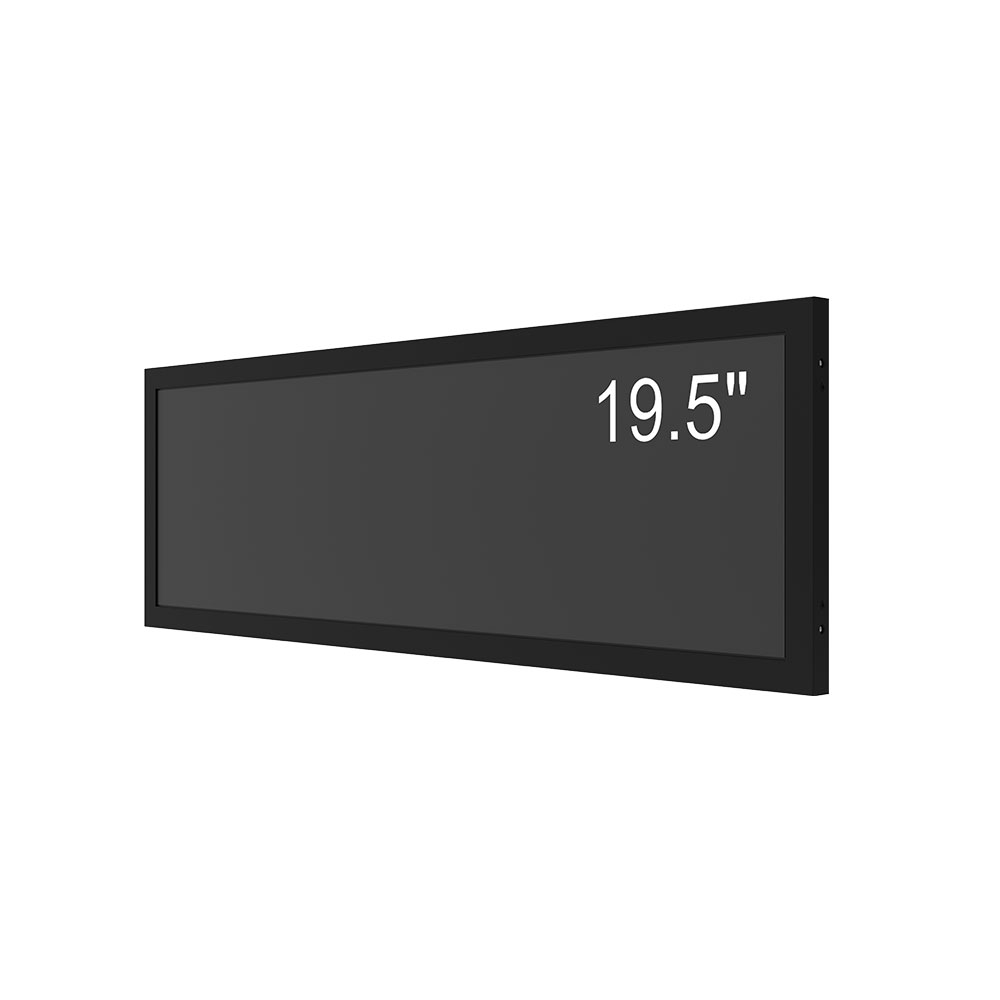- Home
- About Us
- Products
- News
- Video
- Contact
- Send Inquiry
Search
- Home
- About Us
- Products
- News
- Video
- Contact
- Send Inquiry

High brightness touch monitors have become a critical component in modern outdoor and industrial environments where visibility, durability, and user interaction are paramount. These displays are engineered to operate reliably under extreme lighting conditions—such as direct sunlight, low ambient light, or high-temperature settings—while maintaining responsive touchscreen functionality.
Manufacturers typically design these monitors with luminance levels ranging from 1500 to 5000 nits, far exceeding the standard 250–500 nits found in consumer-grade LCDs. This exceptional brightness ensures content remains legible even in full daylight, making them ideal for applications such as kiosks, public transportation systems, retail digital signage, construction site controls, and military command centers.
In addition to high brightness, industrial-grade touch monitors incorporate ruggedized components, including Gorilla Glass or polycarbonate front panels, IP65 or higher ingress protection ratings, and wide operating temperature ranges (-20°C to +70°C). These features allow the screens to withstand dust, water, vibration, and thermal stress—conditions commonly encountered in outdoor or harsh indoor environments.
Touch technology is another crucial element. Capacitive touch sensors offer multi-touch support (up to 10 points), while resistive variants provide better performance in gloved-hand scenarios, which is common in manufacturing or cold storage facilities. Some models now integrate infrared (IR) touch panels that offer superior durability and minimal signal degradation over time.

Compliance with international standards like MIL-STD-810G for shock and vibration resistance, IEC 60068 for environmental testing, and EN 60950 for electrical safety further validates their reliability. Real-world deployments by companies like Siemens, Bosch, and Coca-Cola demonstrate that these monitors reduce downtime, increase operational efficiency, and enhance user experience across diverse sectors.
The integration of smart features—such as remote diagnostics via Ethernet or Wi-Fi, automatic brightness adjustment based on ambient light sensors, and built-in fanless cooling—adds value for both end-users and system integrators. As industries move toward Industry 4.0 and IoT-enabled operations, high brightness touch monitors serve as essential human-machine interfaces (HMIs) that bridge physical processes and digital control systems.
For procurement teams, selecting the right model involves evaluating not only brightness specs but also contrast ratio (>1000:1), response time (<10ms), color accuracy (sRGB or Adobe RGB), and long-term serviceability. Leading manufacturers often offer custom configurations, including edge-to-edge glass bonding, anti-glare coatings, and modular mounting solutions.
In conclusion, high brightness touch monitors are no longer just an option—they are a necessity in any environment where clear visual communication and reliable interactivity must persist under challenging conditions. With continuous innovation in materials science, power efficiency, and interface design, these displays will remain at the forefront of industrial and outdoor display technology.